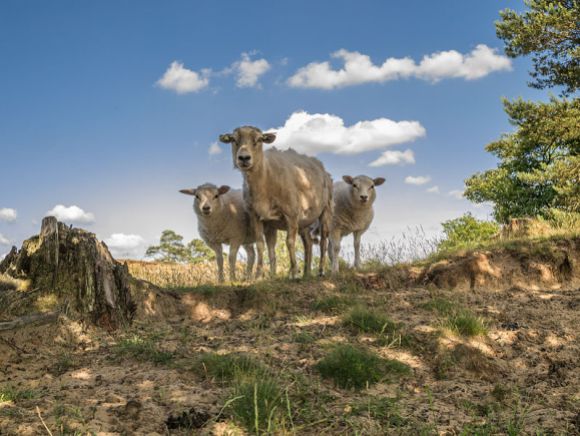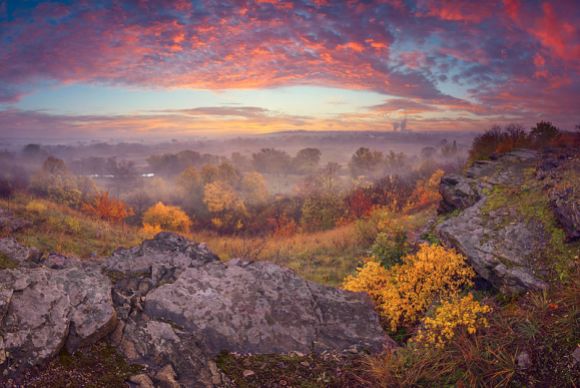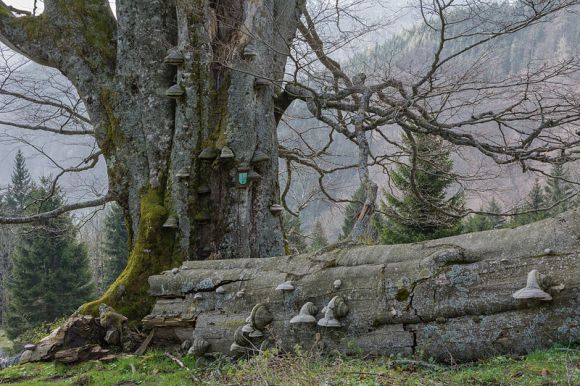Wiki Loves Earth, a photo contest of natural monuments, became international for the first time in 2014 and was held in 16 countries. The contest is over now, and after the careful evaluation the international jury is happy to announce the winners.

First prize: Carpathian National Park, Ivano-Frankivsk Oblast, Ukraine | by Dmytro Balkhovitin
“Карпатский 05” by Balkhovitin, under CC-BY-SA-3.0
Wiki Loves Earth is a photo contest of natural monuments, where participants picture protected areas and upload their photos to Wikimedia Commons. The goal of the project is, on one hand, to capture under a free license as many natural monuments and protected areas as possible, and on the other hand, to contribute to environment protection by raising public awareness.
After years of successful Wiki Loves Monuments organisation there was an idea of a similar contest for natural monuments. The idea of Wiki Loves Earth was born in 2012, and it was implemented for the first time in Ukraine, where the contest was held from 15 April to 15 May 2013.
In 2014, Wiki Loves Earth was joined by 15 other countries from four different continents – Europe, Asia, Africa and America. Most of countries organised the contest from 1 May to 31 May 2014, while some countries extended the contest period till 30 June, and Serbia was the last to finish on 15 July. During the contest, over 70,000 pictures were submitted by more than 3,000 participants.
Similarly to Wiki Loves Monuments, Wiki Loves Earth was organised through numerous national contests, coordinated by local volunteers. The national juries then submitted up to 10 pictures to the international stage of the contest. With 16 participating countries, the international jury had to consider a total of 156 candidate pictures.
The international jury was composed of seven photographers, most of whom were experienced in nature photography: Diego Delso (Spain/Germany), Muhammad Mahdi (Tanzania/India), Julián Monge-Nájera (Costa Rica), Susanne Plank (Austria), Esther Solé (Spain), Oleg Zharii (Ukraine) and Wikimedian Wikimk (Macedonia). Their profiles can be found in the jury report. After several weeks of evaluation they have selected the following images:
The first prize goes to the view of Carpathian National Park from Hoverla, Ukraine by Dmytro Balkhovitin. This photo gives an exciting view from the highest point of Ukraine — Hoverla — towards Carpathian National Park, one of the largest in Ukraine. The jury was particularly impressed by the composition of the photo and its lighting with great crepuscular rays.

“Amanhecer no Hercules –“ by Carlos Perez Couto, under CC-BY-SA-3.0
The second prize was attributed to the photo of God‘s Finger Rock in the Serra dos Órgãos National Park, Brazil. This image by Carlos Perez Couto depicts the best known rock formation in the park, which is also symbol of Brazilian mountaineering and of the entire state of Rio de Janeiro. Breathtaking landscapes are completed with excellent composition that even reminded to one juror of Chinese paintings.

“Hommik Mukri rabas” by Amadvr, under CC-BY-SA-3.0
An image of Estonia’s Mukri Nature Park by Janno Loide (Amadvr) was awarded the third place. This original almost monochromatic image represents an autumn fog over the marshes of Estonia. In addition, the jury appreciated the good representation of the red colour of the sky together with high level of detail.
The remaining photos receiving the awards are the following:

“Шаан-Кая в облаках” by Александр Черных, under CC-BY-SA-3.0

“Na Golem Krchin” by MartinDimitrievski, under CC-BY-SA-3.0

“Schapen op het Aekingerzand 1” by Uberprutser, under CC-BY-SA-3.0

“Півострів” by Vian, under CC-BY-SA-3.0

“Ранкова палітра” by Vian, under CC-BY-SA-3.0

“Haïzer à Bouira” by Chettouh Nabil, under CC-BY-SA-3.0

“Cascade de Aïn Legradj à Bordj Bou Arreredj” by Chettouh Nabil, under CC-BY-SA-3.0

“Зимовий Кукуль” by Хіраш Володимир, under CC-BY-SA-3.0

“NDOÖ 490 Rosenau aHP Rotbuche Zaglbaueralm Stamm” by Isiwal, under CC-BY-SA-3.0-AT

“Aiguamolls de l’Empordà 2” by Mikipons, under CC-BY-SA-3.0

“Brandganzen Ezumakeeg” by Baykedevries, under CC-BY-SA-3.0-NL

“Main du juive à Tikjda” by Chettouh Nabil, under CC-BY-SA-3.0
Winners were determined by the 7-person jury. Each participating country could nominate one member to the international jury, although only 5 countries used this right. Two further jury members were added by the international organising team to increase diversity of the jury.
156 nominations were submitted to the international organising team by the national juries of the 16 participating countries. Each country was allowed to submit up to 10 images, but some countries decided to submit less images. Andorra and Spain submitted their images in a double nomination. The jury selected and ranked the photos in several stages by means of a dedicated web tool.
The full report of the international jury, explaining the work of the jury, selection process and presenting the results together with comments of the jury, is available here.
Congratulations to the winners and thank you for everyone who worked on organisation of the contest this year!
Mykola Kozlenko
Wikimedia Ukraine / WLE International team

Can you help us translate this article?
In order for this article to reach as many people as possible we would like your help. Can you translate this article to get the message out?
Start translation